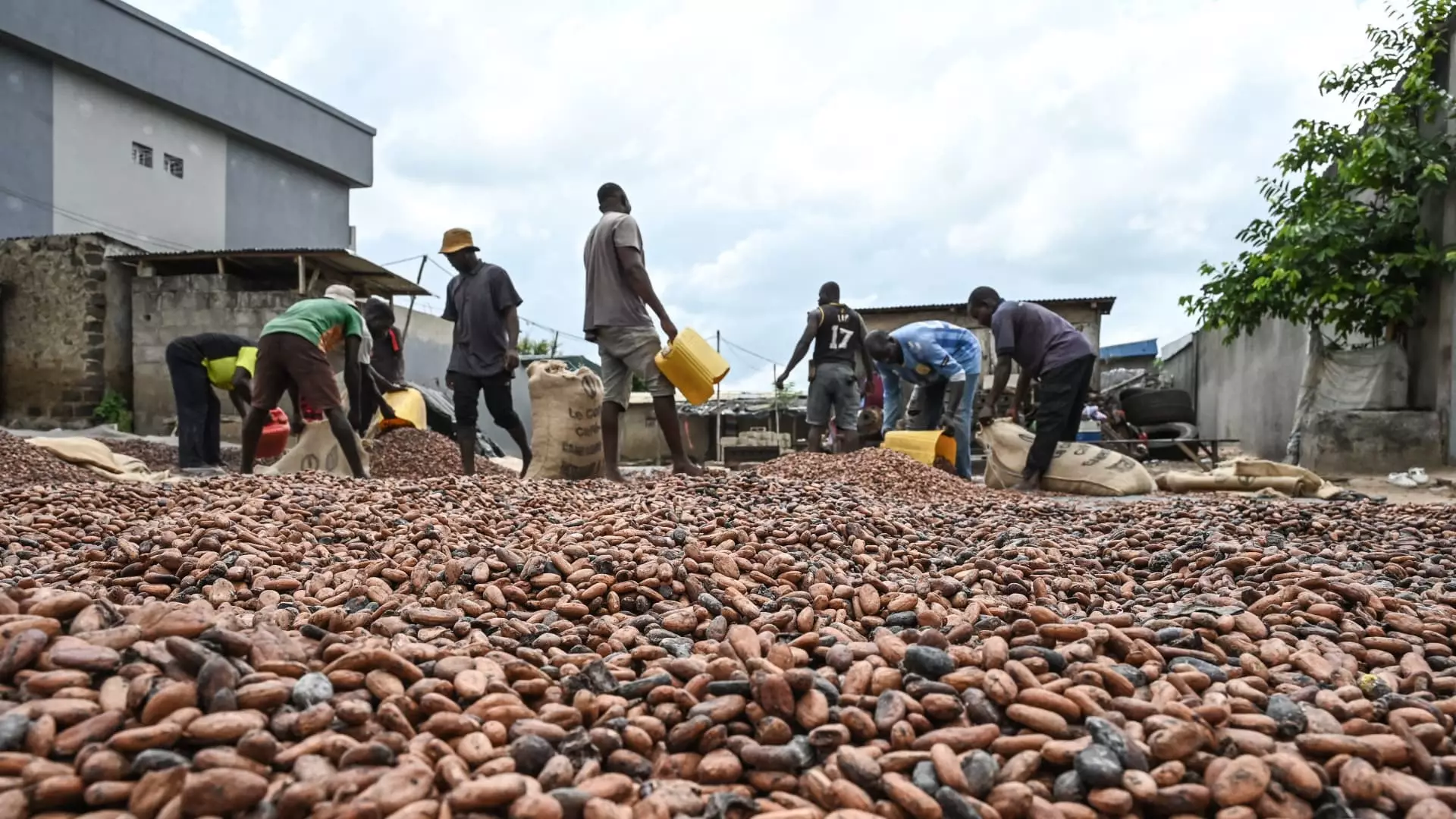The cost of cocoa, a key ingredient in chocolate production, has been steadily increasing, reaching record-breaking levels in recent months. Despite this surge in prices, there has been no significant decrease in demand for cocoa-based products. Analysts have cited the compulsive nature of cocoa purchases by consumers as one of the main reasons for this phenomenon. Additionally, many manufacturers have existing contracts in place, which require them to continue processing cocoa even at elevated prices. However, experts predict that there may be some demand destruction in the second half of the year due to the current tight supply and demand situation.
The soaring cocoa prices have affected major players in the chocolate industry, such as Hershey, which issued a profit warning in response to the escalating costs. The company stated that cocoa prices were expected to limit earnings growth for the year. This trend has raised concerns among market participants about the sustainability of the current cocoa market dynamics. Warren Patterson, head of commodities strategy at ING, highlighted the need for cocoa prices to reach levels that result in significant demand destruction in order to bring balance back to the market.
One of the major concerns regarding cocoa supply comes from West Africa, which accounts for a significant portion of the world’s cocoa production. Countries like the Ivory Coast and Ghana are pivotal players in the global supply chain, contributing a substantial share of the overall output. Issues such as unfavorable weather conditions, including heavier-than-usual rainfall and dry spells, have impacted cocoa production in these regions. This has led to challenges in harvesting and delivering cocoa beans to ports, further exacerbating the supply chain issues.
The recent El Niño-related dryness in various regions, including Southeast Asia, India, Australia, and parts of Africa, has contributed to the price rally seen in soft commodities like cocoa, sugar, and coffee. The El Niño phenomenon, characterized by warmer-than-average sea temperatures in the eastern Pacific, can lead to extreme weather patterns such as storms and droughts. These unpredictable climate conditions have added further volatility to the already strained cocoa market, raising concerns about the sustainability of cocoa production in the long run.
The unprecedented rise in cocoa prices has posed significant challenges to the global chocolate industry, impacting both producers and consumers alike. With supply chain disruptions, climate-related uncertainties, and pricing pressures, the cocoa market is facing a period of instability. It remains to be seen how market players will navigate these challenges and adapt to the evolving landscape of the cocoa industry.

Leave a Reply